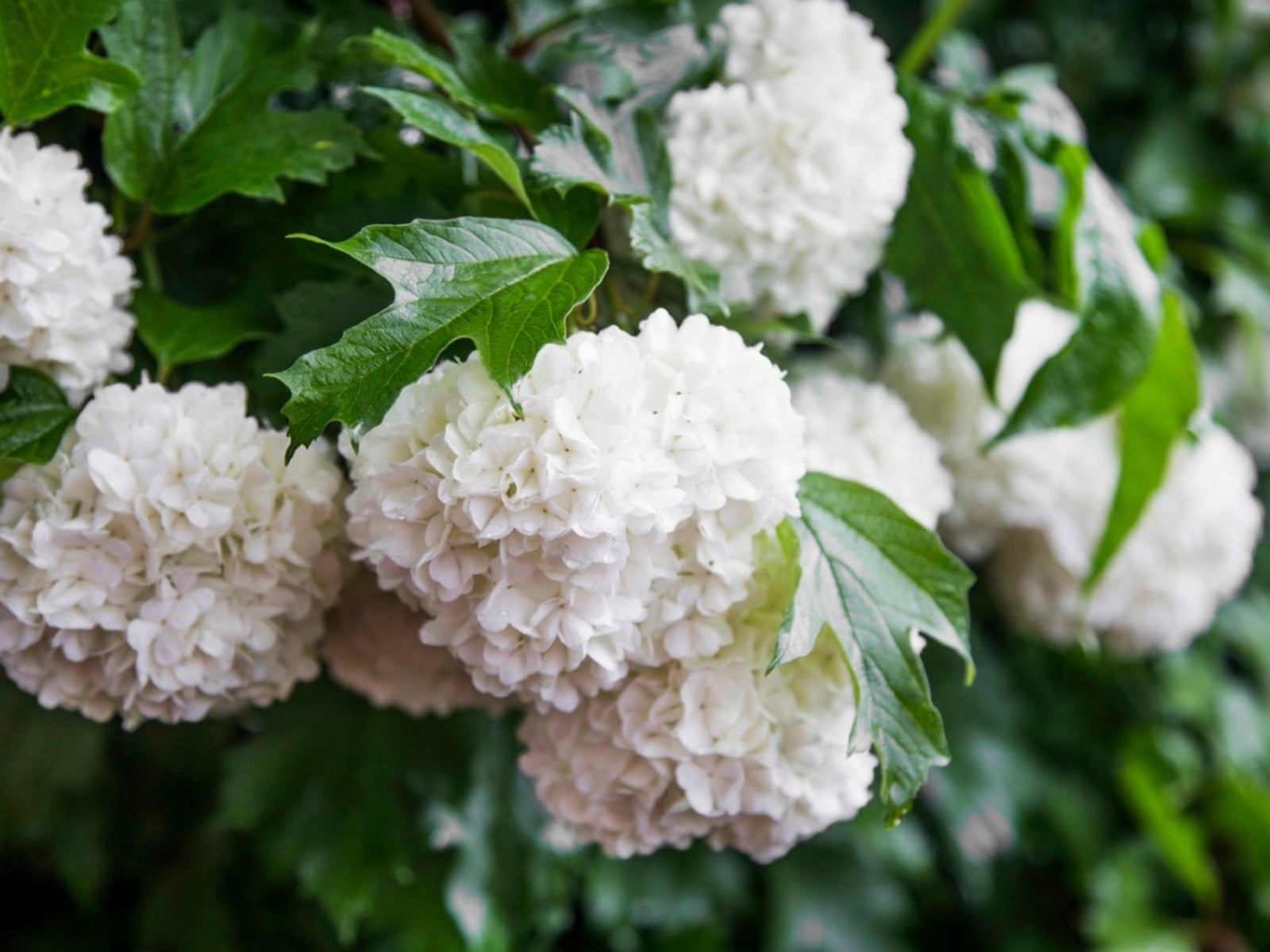Guelder Rose Viburnums – How To Care For Guelder Rose Plants


Guelder rose is a flowering deciduous tree that goes by many names, including highbush cranberry, rose elder, snowball tree, and crampbark. The name guelder rose originates in the Gelderland province of the Netherlands, where a popular cultivar was supposedly developed. The tree is very attractive and easy to grow. Keep reading to learn more guelder rose information, like tips on guelder rose growing and how to care for a guelder rose viburnum.
Guelder Rose Viburnums
What is a guelder rose? Guelder rose viburnums (Viburnum opulus) are deciduous shrubs or trees that grow between 13 and 25 feet (4-8 m.) in height and 8 to 12 feet (2-4 m.) in spread, making them well-suited for smaller areas of the landscape. In late spring to early summer, they produce branching clusters of flowers that are usually white but sometimes shades of pink. The flowers give way in autumn to round berries that are red, blue, or black. These berries are mildly toxic and can cause nausea if they are eaten. The leaves are frequently mistaken for maple leaves. They are bright green in the summer and turn to orange and red in the fall.
How to Care for Guelder Rose Plants
Guelder rose growing is very easy and forgiving. The shrubs will grow in most varieties of soil, including chalk, clay, sand, and loam. That said, they prefer well-drained but moist soil. In the wild, the plants tend to grow in damp areas. They will also tolerate both acidic and alkaline soils. These viburnum shrubs will grow in anything from shade to full sun. Although the berries are mildly toxic raw, they can be cooked into an edible and tasty jam. When eaten, the bark of guelder rose viburnums is thought to have positive medicinal effects as an antispasmodic, earning the plant one of its common names-- crampbark.
Gardening tips, videos, info and more delivered right to your inbox!
Sign up for the Gardening Know How newsletter today and receive a free copy of our e-book "How to Grow Delicious Tomatoes".

The only child of a horticulturist and an English teacher, Liz Baessler was destined to become a gardening editor. She has been with Gardening Know how since 2015, and a Senior Editor since 2020. She holds a BA in English from Brandeis University and an MA in English from the University of Geneva, Switzerland. After years of gardening in containers and community garden plots, she finally has a backyard of her own, which she is systematically filling with vegetables and flowers.
-
 5 Tough Urban Trees That Thrive In Cities – Top Picks For Urban & Suburban Landscapes
5 Tough Urban Trees That Thrive In Cities – Top Picks For Urban & Suburban LandscapesExplore the best urban trees that will add value to even the most challenging of landscapes. Get growing with these ideas and enjoy all the benefits of trees.
By Teo Spengler
-
 7 New & Improved Cultivars Of Old-Fashioned Plants – These Aren’t Your Grandma’s Plants!
7 New & Improved Cultivars Of Old-Fashioned Plants – These Aren’t Your Grandma’s Plants!Old is new again! These old-fashioned plants have new cultivars that are sure to thrive in your garden and bring the charm factor. Neighbors will be envious!
By Mary Ellen Ellis